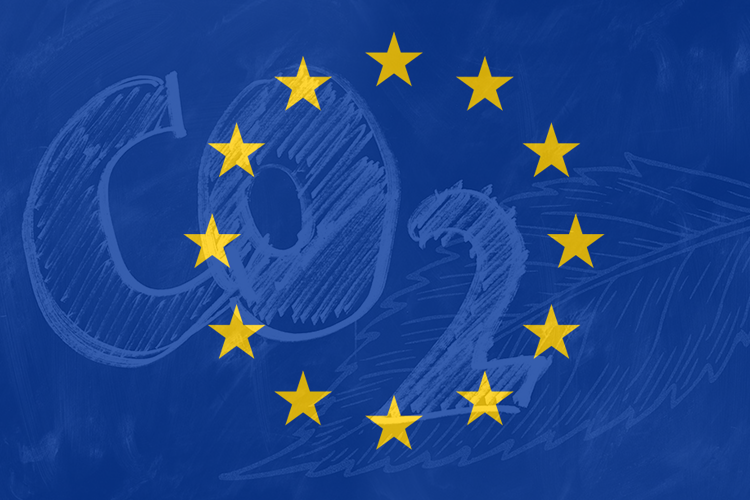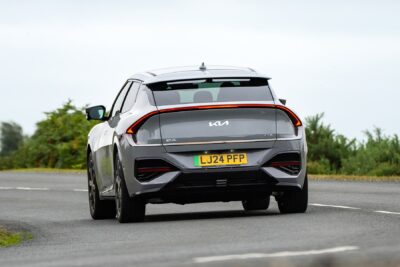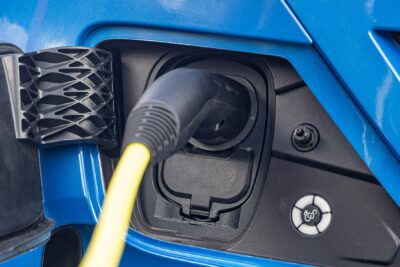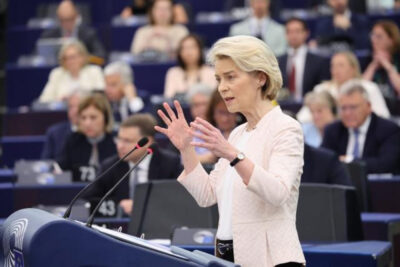EU Member States adopt ICE sales ban almost unanimously
It is set – there won’t be any more sales of cars with internal combustion engines in the EU from 2035. The Member States had their final vote in the Council today. The regulation will now be published in the EU’s Official Journal.
The rules on banning ICE vehicles in the EU will then come into force on the twentieth day following the publication. The sales ban is a crucial part of Europe’s Fit for 55 climate package, and all member states have agreed today, with the exception of Italy, Poland, Romania, and Bulgaria.
“I’m happy to see that the EU is delivering on its promises with the Fit for 55 package,” said Romina Pourmokhtari, Swedish Minister for Climate and the Environment. “The new rules will bring opportunities for cutting-edge technologies and create the momentum for the industry to invest in a fossil-free future.”
https://twitter.com/micha_bloss/status/1640683358836383746
While largely agreed upon early on, the last few weeks had seen bizarre resistance from Germany, namely Transport Minister Volker Wissing (FDP). He kept pushing for e-fuels but lastly gave in to a compromise proposed by the EU Commission to which the now-adopted regulation makes the following reference:
“… following a consultation with stakeholders, the Commission will make a proposal for registering vehicles running exclusively on CO2-neutral fuels, after 2035, in conformity with EU law, outside the scope of the fleet standards, and in conformity with the EU’s climate neutrality objective.”
This means the fleet standards will remain untouched, leaving e-fuels an exception that will not apply to new passenger cars and light commercial vehicles – because those fall under the fleet limits. The exceptions will be worked out by autumn 2024.
Fleet emission rules EU
As for fleet emissions, the regulation confirms the following targets that the Commission and, in October 2022, the EU Parliament had agreed upon 55% CO2 emission reductions for new cars and 50% for new vans from 2030 to 2034 compared to 2021 levels and 100% CO2 emission reductions for both new cars and vans from 2035.
The basic structure of the fleet limit values also remains unchanged: Manufacturers can continue to market vehicles with internal combustion engines but must pay a premium of 95 euros per gram of CO2/km above target per registered vehicle if their emissions target is exceeded in a given year.
As before, the review clause refers to 2026, when the Commission will “thoroughly assess the progress made towards achieving the 2035 100% emission reduction targets”. The review will consider technological developments, including plug-in hybrid technologies and the importance of a viable and socially equitable transition towards zero emissions, writes the Council.
The proposal to revise the CO2 emissions performance standards for cars and vans is part of the ‘Fit for 55’ package. Presented by the European Commission on 14 July 2021, the package will enable the EU to reduce its net greenhouse gas emissions by at least 55% by 2030 compared to 1990 levels and to achieve climate neutrality in 2050.
The European Parliament adopted a series of amendments to the Commission proposal on 8 June 2022. The Environment Council reached a general approach to the proposal on 29 June 2022. After negotiations, the Council and the European Parliament reached a provisional political agreement on the proposal on 27 October 2022. The European Parliament adopted the regulation in the first reading on 14 February 2023. The Council adoption today is the last step of the decision-making procedure. The rule will now be published in the EU’s Official Journal and enter into force on the twentieth day following its publication.





0 Comments